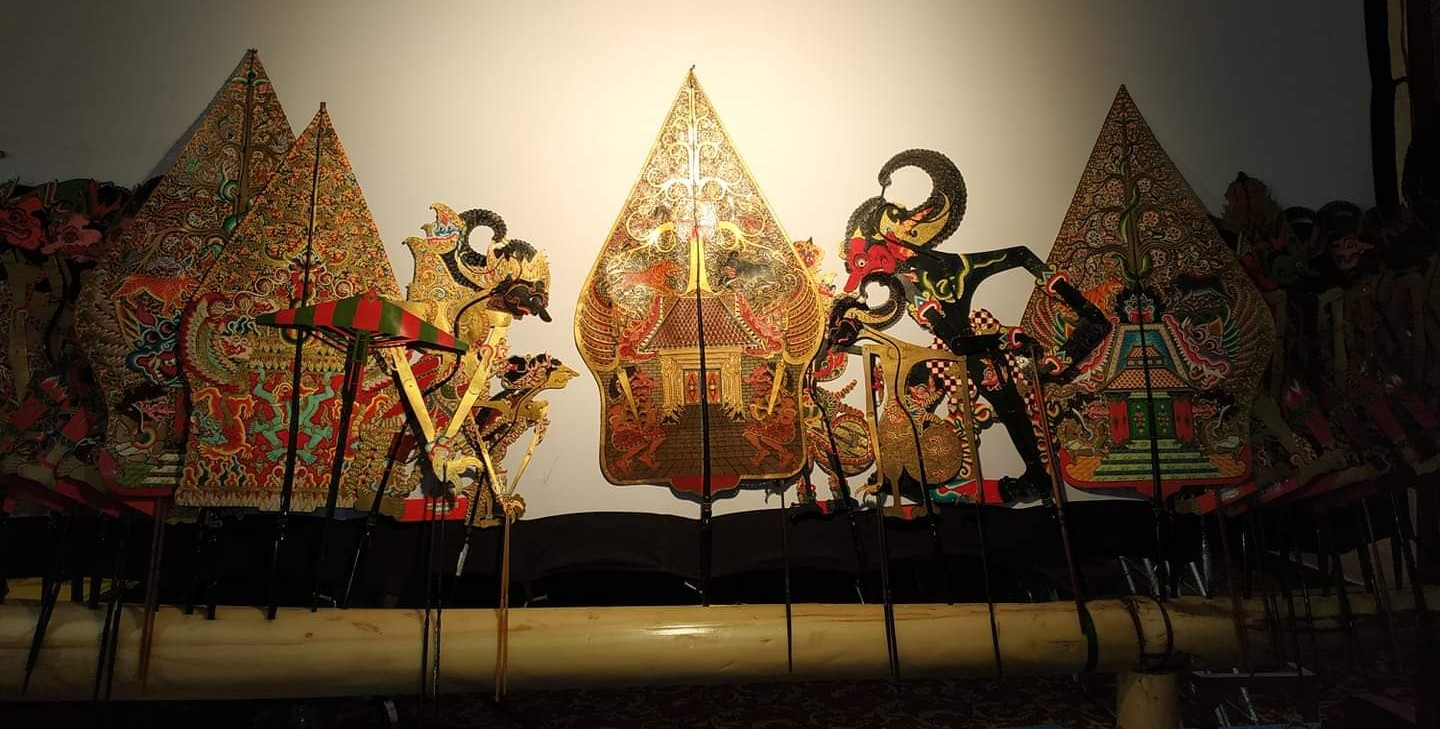Introducing You to the Indonesian Theatre: Wayang
Theater art is one type of art in the form of drama performances that are staged on a stage. Specifically, it displays human behavior with motion, dance, and singing which is presented complete with dialogue and acting by the performers. The word “theater” was taken from the Greek, “theatron”, which means a place or theater. It is estimated that theater art has existed since 2.500 years ago. Being an old form of art, many countries have their own theatrical history. The forms of theater art around the world are the Roman, Greek, African, and Asian. In Indonesia, theater arts presumably have existed since humans began to interact. In the past, it was often associated with traditional ceremonies which were believed to be in a form of respect to God because of the success of the hunt. But, along with the times, theater arts in Indonesia developed, not only for traditional ceremonies but also for performances. According to Jakob Sumardjo’s Development of Modern Theater and Indonesian Drama Literature (2004), theater is divided into two; traditional and modern theater. Indonesian theater arts themselves have several forms, one of which is wayang, a form of Indonesian theater that is quite well known among the public.
Getting to know wayang, the famous Indonesian art – Photo taken from Id.wikipedia.org
Wayang or puppet, (written in Javanese script as ꦮꦪꦁ which means shadow), is a traditional Indonesian performing art originating and growing rapidly on the islands of Java and Bali. Wayang itself is one of the pinnacles of the nation’s most prominent cultural arts compared to the others. On November 7, 2003, UNESCO recognised wayang as a “Masterpiece of Oral and Intangible Heritage of Humanity”. Once used as a spiritual ceremony to honor the Gods, wayang performance now is more of an entertainment purpose. Wayang is narrated by a dalang, which is the storyteller for each puppet characters’ dialogue who are shown in the performance. A dalang must change the character of the voice, intonation, make jokes and even sing.
Once used as a spiritual ceremony to honor the Gods, wayang performance now is more of an entertainment purpose
The wayang culture includes acting, sound art, music, speech, literature, painting, and sculpture. The motion art in wayang is commonly called sabetan. When moving the puppets, a dalang does not only play them because the art of puppet movement contains rules or norms that the dalang must obey. Wayang performances are accompanied by gamelan played by a group of nayaga (gamelan players) and songs sung by singers or commonly known as pesinden in Indonesian. Wayang are usually performed in Javanese, and Bali. The wayang kulit performance begins when the dalang has pulled out Gunungan (kayon). Kayon is a conical or triangular art that is inspired by the shape of a mountain. Kayon serves as the opening and closing of a show.
An all-night puppet show in Yogyakarta style divided into 3 rounds which have 7 rows (scenes) and 7 war scenes. The first round, called Pathet Lasem, has 3 rows and 2 war scenes along with the Pathet Lasem songs. Pathet Sanga, the second round of the show, this part has 2 rows and 2 war scenes, while Pathet Manyura which became the third round had 2 rows and 3 war scenes. One of the parts that many people look forward to at every wayang performance is the gara-gara, which usually presents typical Javanese jokes.
In the development of this modern era, new types of puppets have emerged such as wayang suluh, wayang revelation, wayang gedog, and wayang deer. The emergence of these new types of wayang bring a new climate in the world of wayang. The art of wayang performance which was previously only within the scope of the Mahabharata and Ramayana stories, has become increasingly varied. For example, Puppet Suluh and Puppet Pancasila which tell the history of the nation’s struggle.
Editor: Clara Nathania & Handiko Wijaya


